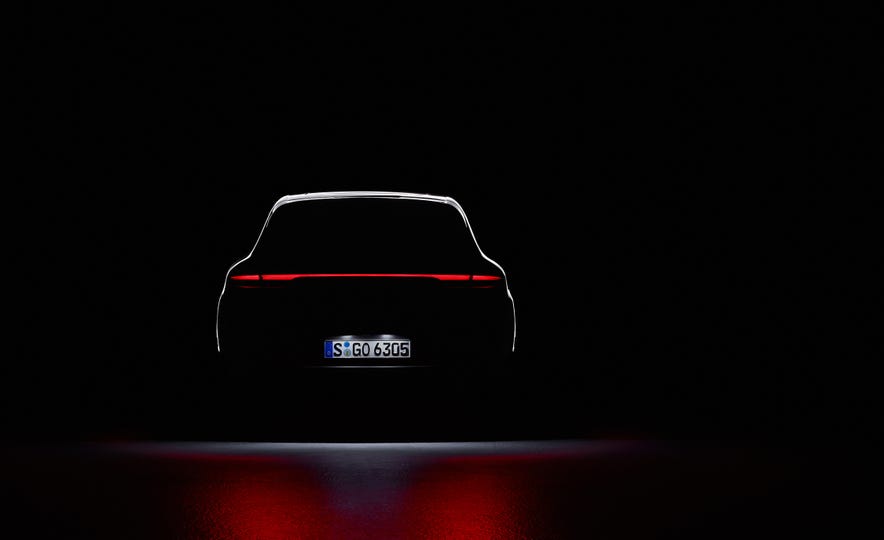The updated 2019 Porsche Macan made its debut in Shanghai.
There are some significant changes that lie behind the familiar face of the 2019 Porsche Macan. Porsche took the wraps off the updated Macan in Shanghai, giving the world its first look at the revised SUV, which has new engines, a new infotainment system, and a ton of new features.
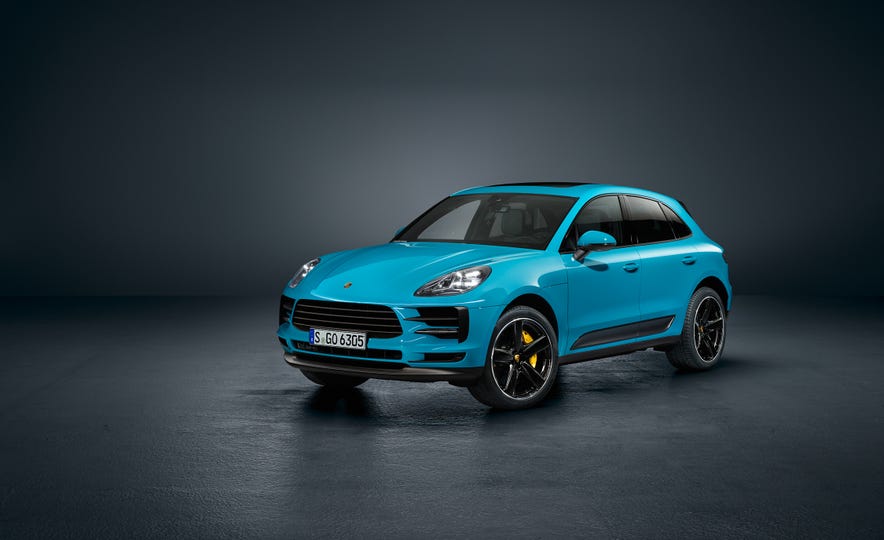
Like before, the Macan is based on Volkswagen Group's first-generation MLB modular-longitudinal architecture. The Macan's front-end changes are basically limited to LED headlights and redesigned front air intakes, but the rear gets a new LED taillight strip that stretches across the entire width of the vehicle, thus enhancing the family resemblance with the new Cayenne and the Panamera. Wheel sizes range up to 21 inches, and there are new paint colors and trim options. The Turbo is differentiated with its own fascias and bumpers that won’t be shared with any other version, including the likely GTS variant.
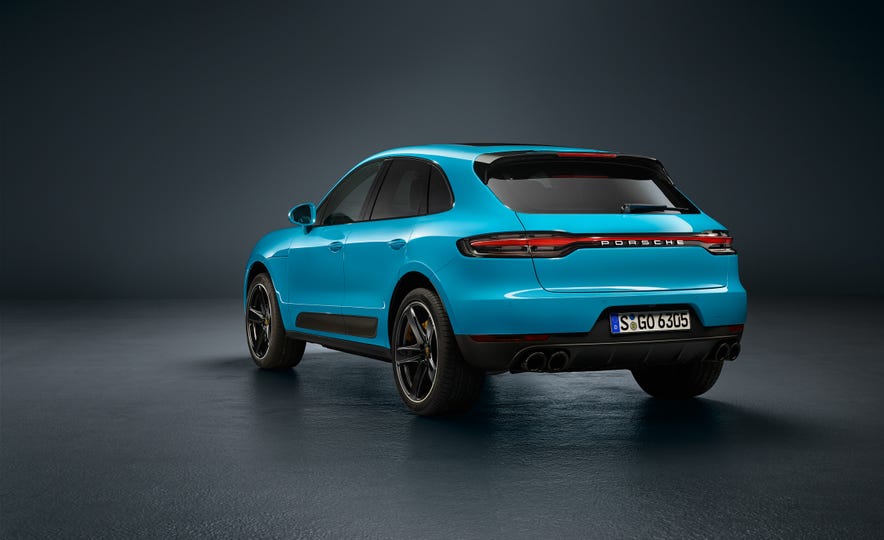
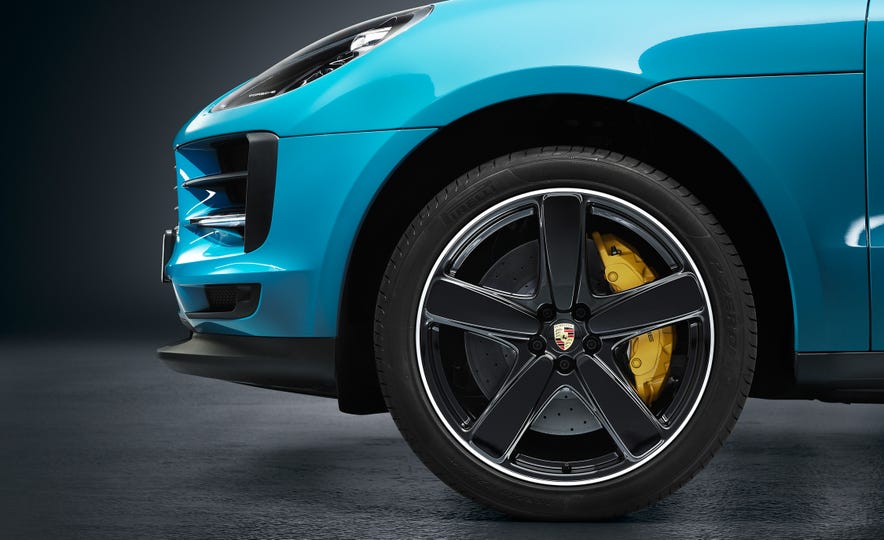
Inside the cabin, the 7.0-inch infotainment screen has been replaced by a new 11.0-inch touchscreen, with the air vents moving below the screen to make room. The configurable system resembles the Cayenne’s and Panamera’s in design and function. The voice-control function is said to offer improved responses and software.
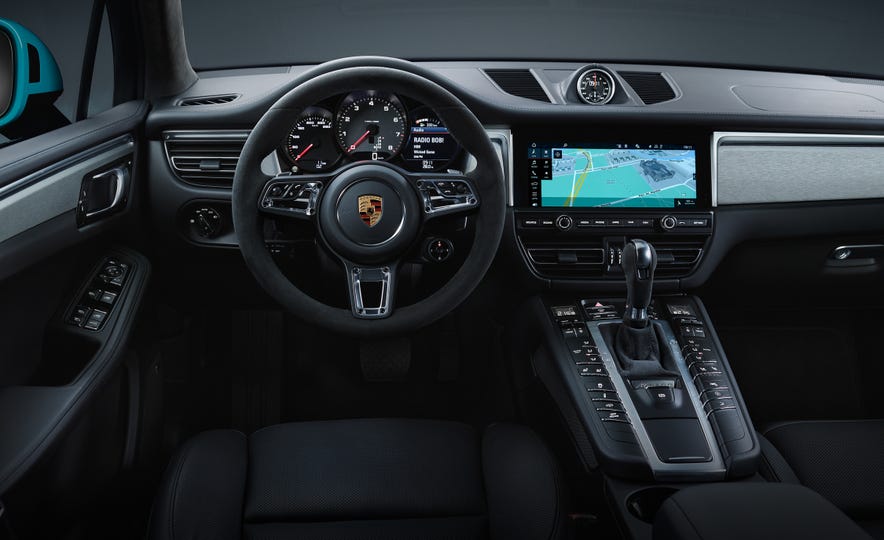
The optional Sport Chrono package still brings the somewhat pretentious stopwatch that sits atop the dashboard but now also adds a round switch on the steering wheel for selecting from the available driving modes. In the center is the Sport Response button—as seen in other Porsche models—that sharpens the car’s reactions immediately. The optional GT Sport steering wheel, which is smaller than before, is borrowed from the 911, and the options list also includes an air ionizer for the esoterically inclined.
Porsche hasn’t confirmed the engine lineup for the United States, but we expect the base turbocharged 2.0-liter inline-four to get a power jump from the current 252 horsepower to about 300. Both V-6 engines are new to the SUV: The Macan S will get a single-turbo 3.0-liter V-6 making around 350 horsepower, while the Macan Turbo is fitted with a twin-turbo 2.9-liter V-6 that should be good for an additional 90 or so horses. We expect a GTS model in between, and the Turbo could once again be offered with a Performance package for even more power. All engines are mated to a seven-speed PDK dual-clutch automatic. Porsche won’t offer a plug-in-hybrid powertrain in the Macan.
When the Macan comes here in late 2018 as a 2019 model, prices should hold close to today’s, which range from $48,850 for the base Macan to $78,250 for the Macan Turbo. The revised Macan will continue to face off against the likes of the Audi SQ5, the BMW X3/X4, and the Mercedes-AMG GLC43 and GLC63.
